
With the advancement of technology, our households have been revolutionized. From smartphones to voice assistants to smart appliances, people have been drawn towards smart homes. Smart home technology will soon be a permanent fixture in everyone’s home, as smart homes will make your life so much easier and comfortable. In another ten years’ time, the technology is only going to get much more advanced.
Let us give you an example. You usually get up at around six and set your alarm for the same. However, something unexpected happened. Your alarm went off at 5:30. How, do you wonder? The reason behind this was your smart clock. It was doing its task while you were sleeping. It scanned your work schedule, found out about your important meeting first thing in the morning, and adjusted your waking time accordingly. Meanwhile, your coffee is brewed for you to pour out, your shower is set to your preference, and your electric car is all ready for you to get to work. You even get a notification from your refrigerator that you need to get your vegetables today!
This sounds like something straight from a futuristic movie, doesn’t it? Nevertheless, this is possible in as early as ten years. Some features may be present in smart homes even now. A decade forward, smart homes will anticipate what their owners need and fulfill demands even before it is asked for. Advancements in technology will make machines capable of helping with household chores, healthcare, and more.
Smart homes are the new future. From collecting data, analyzing, and using it for your comfort, future technological advancements are going to transform homes from conventional to truly ‘smart homes.’
Technological Advancement
Exponentially growing demand for smart devices and continuous technology advancement are the core elements that drive the future of smart homes. Now, there are thousands of smart devices, which can be connected to a smart home automation system, including lights, security cameras, thermostats, audio and video systems, smart locks, refrigerator, kitchen appliances, etc. The number of smart home consumers increases every day as technology development thrives to offer enhanced comfort, security, and energy efficiency. In terms of technology advancement, the fastest-growing features of a home automation system are security, energy management, entertainment, health monitoring, and automation of more and more basic systems. We are witnessing tremendous growth in the home automation system market every passing year. In addition to the development of new smart and automated devices, more and more advanced features are also being added to the existing systems. So, this growth is bidirectional.
Future of Smart Homes
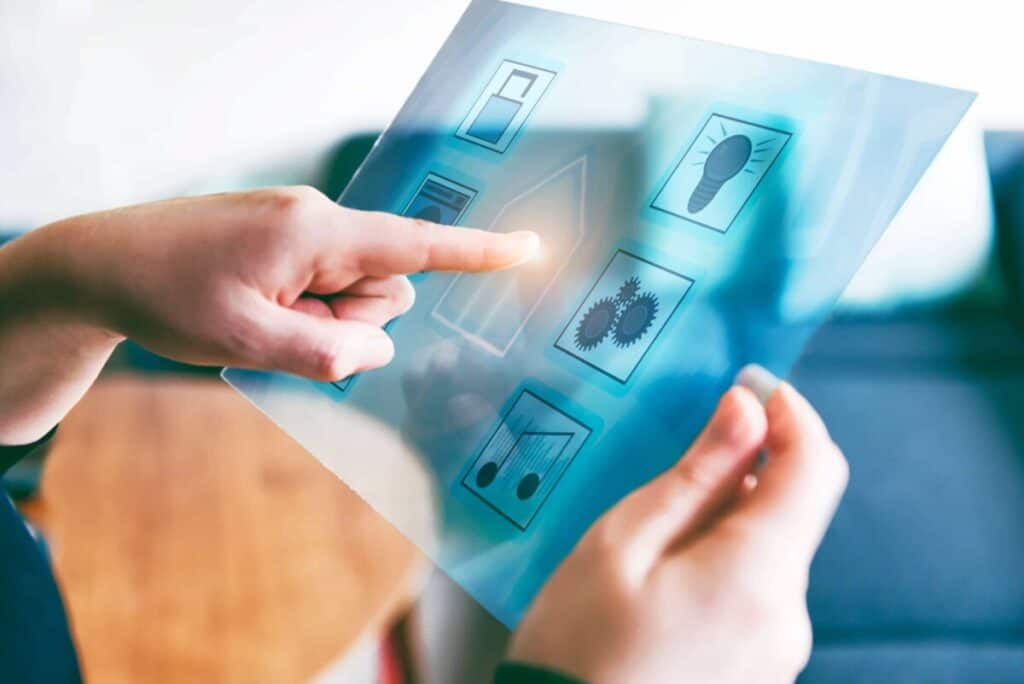
In the next decade, the face of smart homes is going to change. New and improved technological advancements will result in more robust and sleek home automation systems. The following devices may change the way we live forever and redefine the word ‘smart.’ Let us have a look at some of them.
Artificial Intelligence and Automated Robots
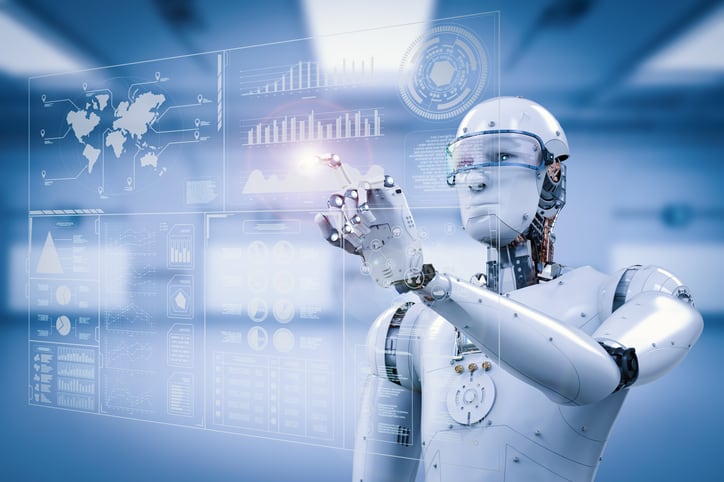
To advance our smart home experience, many companies around the globe are developing AI-powered devices, which can respond to our voice commands as well as body gestures. In the coming years, most smart home systems will be capable of processing images and videos intelligently. In addition, AI-powered sensors and decision-making capabilities in smart home systems will make them capable of operating home appliances, performing other household activities like opening doors and windows automatically, ordering food or groceries as required. Early humanoid-like automated robots are available in the market that can freely move here and there in your home and can perform some basic tasks like cleaning. In the upcoming decade, smart homes can be equipped with fully featured robots capable of doing lots of work.
Voice Control Systems
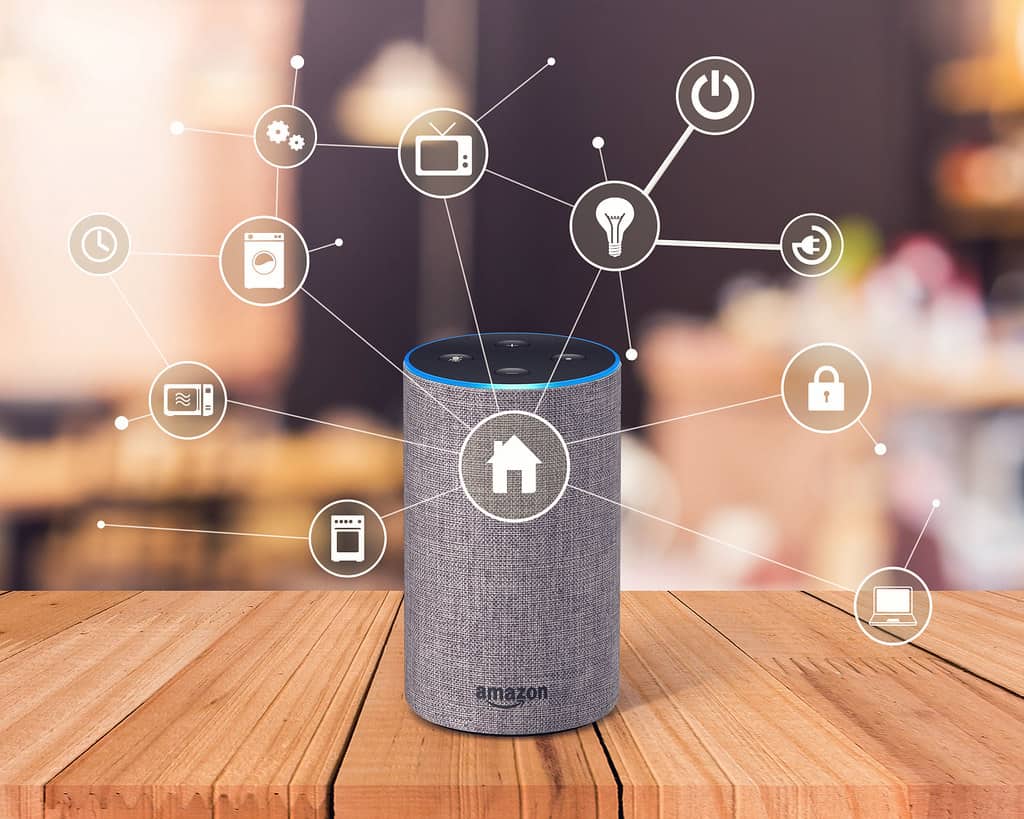
Voice control systems are one of the most attractive features of smart home systems. Smart homeowners find it easier to control the devices using voice commands than other interfaces, such as keypad, remote, and touchscreen. They quickly adapt to them. In the coming years, almost everyone will use devices that are controlled by voice commands. So, using voice control systems to manage your smart home is a leading technology of the future.
Advanced Smart Appliances
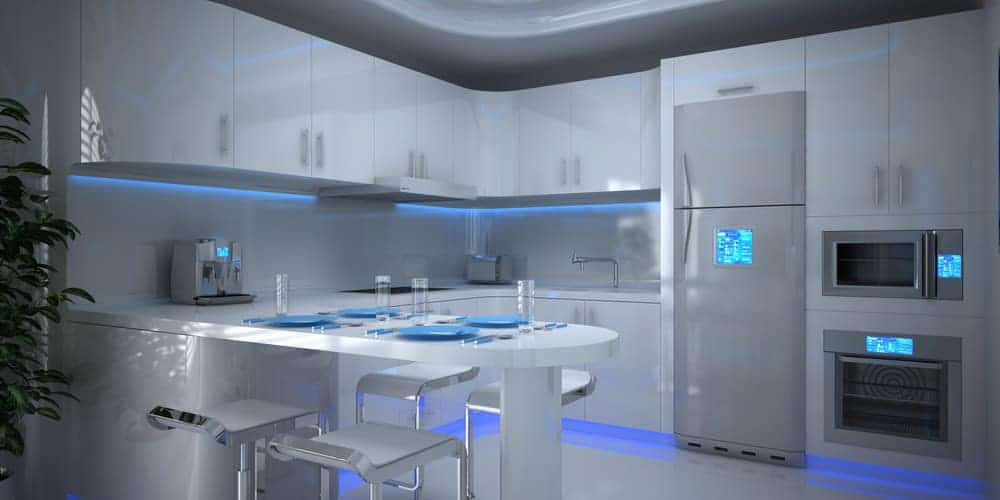
Like our smartphones and smartwatches, home appliances in smart homes are also getting smarter and smarter day by day. In upcoming years, we will witness many advances in various appliances, such as refrigerators, air conditioners, washing machines, audio-video systems, kitchen appliances, etc. In addition to advanced touch screens with added functions, these systems, in the future, may include smart features like voice commands, apps to connect and control these devices through remote access using your smartphones.
Smart Lighting System

Switchboards on walls to turn on lights are very old-fashioned. New smart homes feature advanced lighting systems controlled by remotes or voice-controlled devices. Soon, with the right setup, you will be able to manage all your lights using mobile apps, touch screens, voice and gesture commands, or AI-powered automated systems. Technology advancement will allow you to program your lighting system according to your needs.
Smart Locking System and Enhanced Security
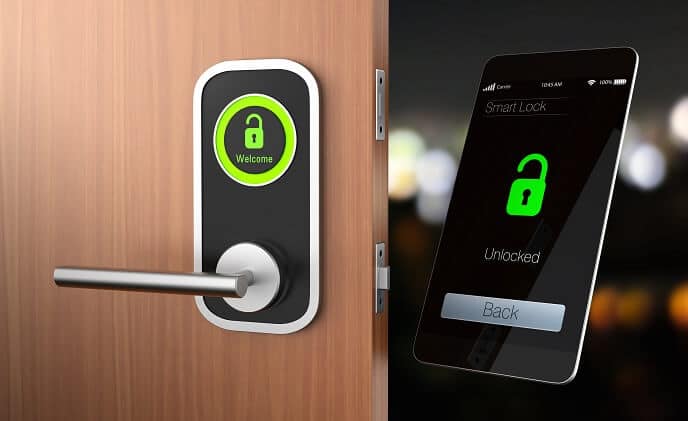
Smart homes include smart locking systems. However, on some occasions, a technical glitch can create a problem and leave you stranded outside your home, as you are unable to unlock your door. In addition, someone can hack into your home security system, steal your data, and access your system to enter into your home. In the future, smart homes will feature a technically much smarter locking system, which will solve these two issues. The system will have emergency access if there is some technical glitch and add enhanced security features to stop unwanted access and data theft.
AI Integrated Smart Cameras

No doubt, AI is the future of smart home technology. Most of the smart devices in your home automation system will feature integrated AI-enabled sensors. Though there is a wide range of security cameras available in the market, a new generation of AI-integrated smart cameras is the future of smart home security. Such cameras will be able to recognize a person when he comes closer to your home and generate signals accordingly. In the case of an unwanted person, it can send warning messages or trigger a security siren.
Power Tracking Devices
Just imagine if your smart home system can tell you your power consumption, overall cost, and carbon footprint generated per minute. It can help you manage usage accordingly or replace your old appliances with more energy-efficient ones. Companies are developing energy management devices, which will soon be a part of every smart home system.
Smart Surfaces
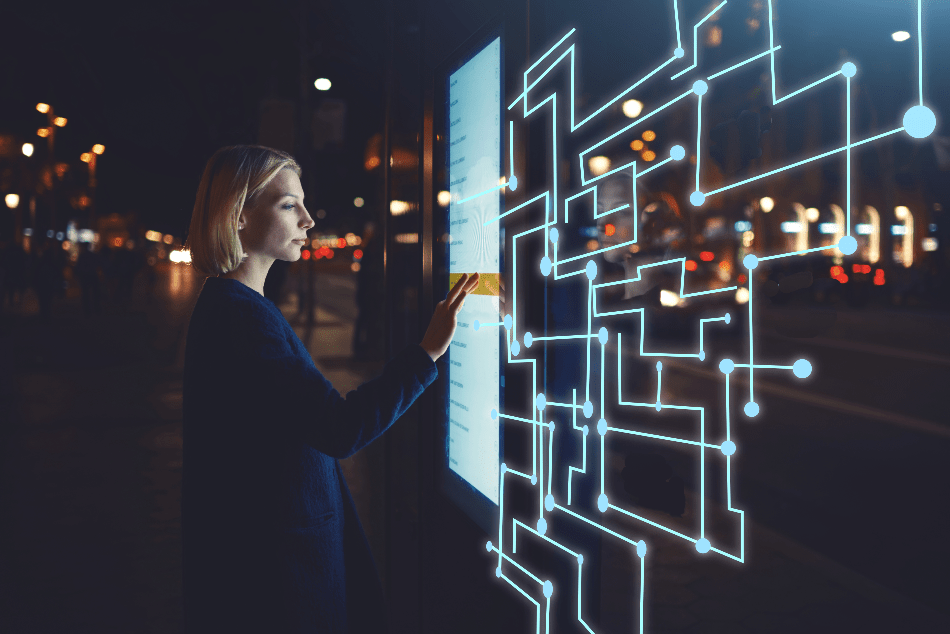
The television industry has taken a big jump in technological advancement. Now, the merging of display and input devices is possible in several ways. Displaying videos or images on walls or any other surface is possible using various devices. For example, earlier projectors were commonly used in conferences; however, now, large touchscreens are used for display. In the years to come, smart homes will use similar technology for display, from wallpapering your home to screening movies and games.
Health Monitoring Systems
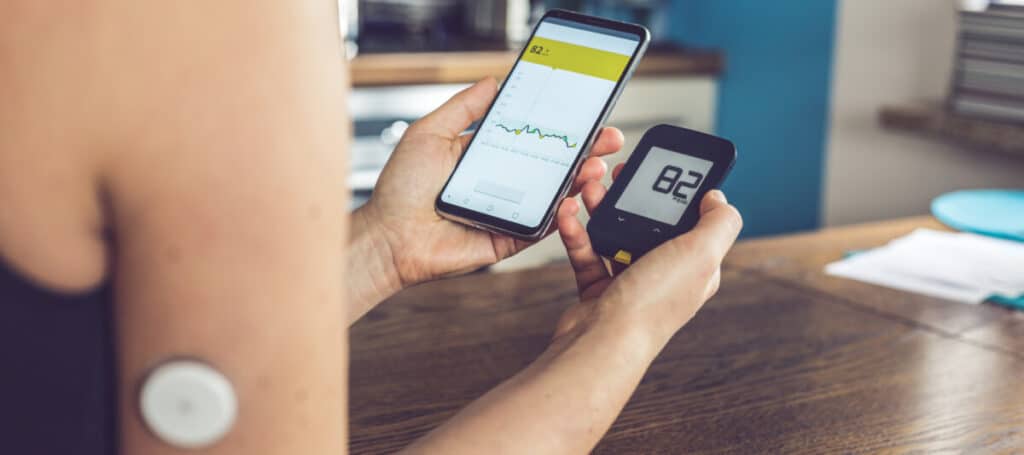
One of the most important features of a smart home that will progress rapidly in the coming years is a health monitoring system. Several medical devices to check your vitals, including body temperature, heart rate, blood pressure, oxygen or glucose levels in the blood, etc., already exist in the market. Imagine a smart home system, which comprehensively monitors your blood pressure, glucose and cholesterol levels, and other important vitals and updates you. It can function as an early warning system. Moreover, regular monitoring by automated health devices is very beneficial to people genetically pre-disposed to certain diseases.
Health applications will surely drive the future technology of smart homes. Your smart refrigerator, in the future, might serve as your dietician. The inclusion of a camera and specialized sensors will monitor your regular diet and suggest you nutritive alternatives accordingly. Probably, similar technology will be integrated into your medical cabinets. Smart medical cabinets will take care of your prescriptions and will remind you when it is time for your next dose, and in case you miss a dose.
You might have heard or read about smart toilets at different forums. This smart home technology is developing rapidly, and a few international patents have been filed. It will be a giant leap in the automation industry and the ‘precision health’ sector. Within few years, you may find smart toilets on display in stores across the globe. Smart toilets perform automated analyses of human wastes, urine, and stool and detect different disease markers to monitor any signs of a health issue. For example, smart toilets collect and examine urine or stool samples before flushing and generate a report that predicts a possibility of early onset of a disease, if any. A smart toilet can warn you if some specific biomarker levels indicate a chance of developing a disease, like diabetes or cancer. This technology is particularly useful for individuals with pre-existing conditions for their regular well-being. Besides, smart toilets can screen the urine to tell if a woman is pregnant or not.
at different forums. This smart home technology is developing rapidly, and a few international patents have been filed. It will be a giant leap in the automation industry and the ‘precision health’ sector. Within few years, you may find smart toilets on display in stores across the globe. Smart toilets perform automated analyses of human wastes, urine, and stool and detect different disease markers to monitor any signs of a health issue. For example, smart toilets collect and examine urine or stool samples before flushing and generate a report that predicts a possibility of early onset of a disease, if any. A smart toilet can warn you if some specific biomarker levels indicate a chance of developing a disease, like diabetes or cancer. This technology is particularly useful for individuals with pre-existing conditions for their regular well-being. Besides, smart toilets can screen the urine to tell if a woman is pregnant or not.
Smart Beds and Mattresses
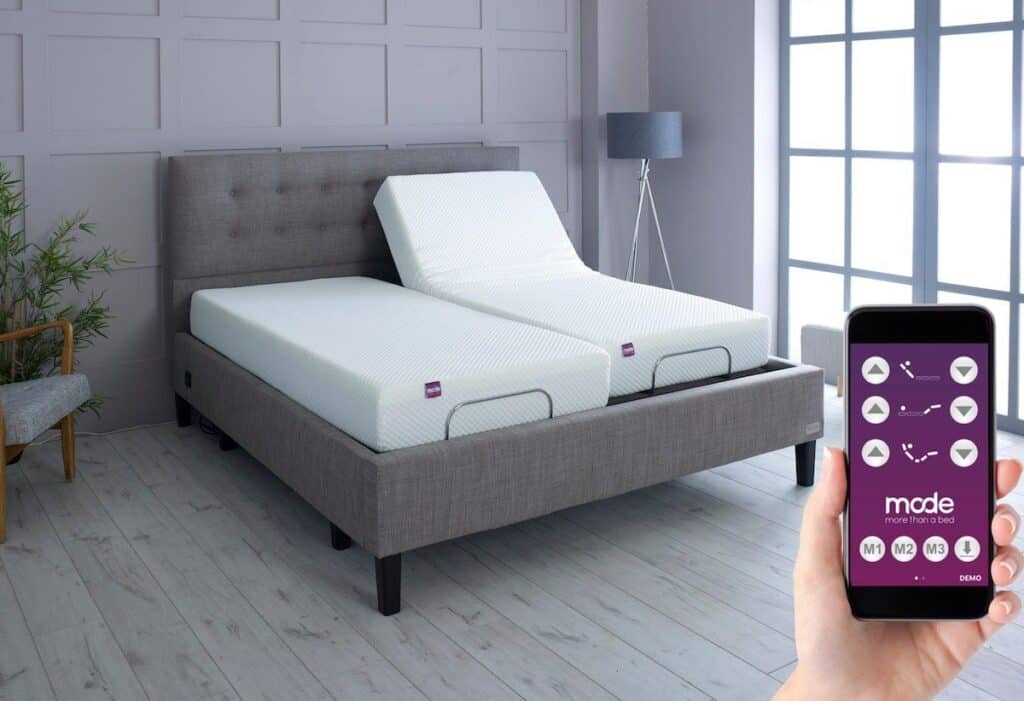
You will agree that almost all of us miss good and healthy sleep in today’s technologically advanced world. Many companies are now engaged to develop smart beds, which comprise sensors capable of analyzing your sleep pattern and adjusting to improve your sleep quality. These smart beds will be integrated into other devices connected to your smart home system, including a thermostat, lighting, smart locks, entertainment system, etc. So, a smart bed will offer a lot of advanced functions in the coming years. To improve your sleeping experience, smart beds will feature an automatic thermostat, mattress firmness adjustment, anti-snoring technology, smart pillows, etc.
Wireless chargers
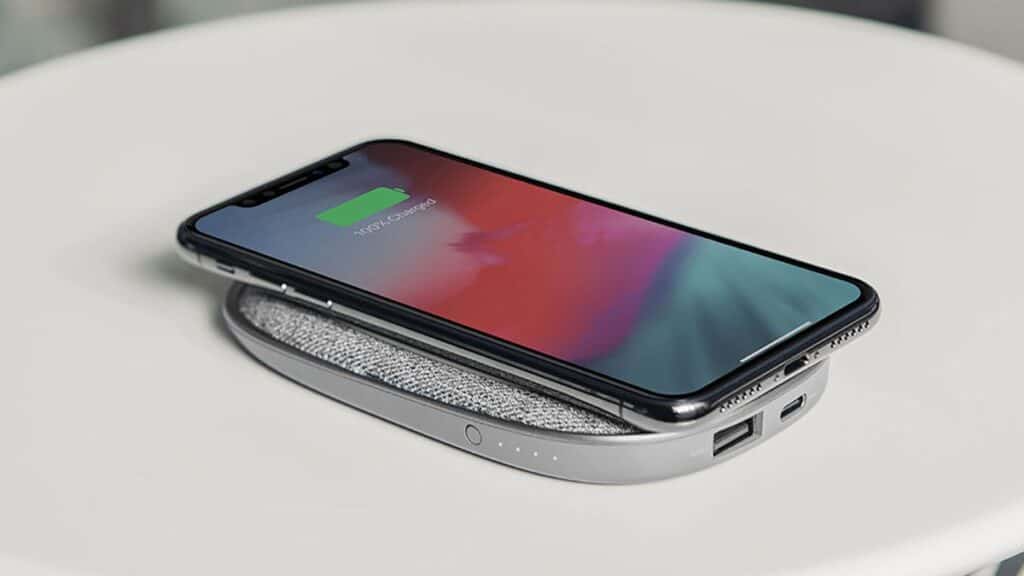
An innovative technology that has impressed everyone is wireless power. This innovation is beyond imagination. Recently, several companies have launched wireless charging for their products. Though the present generation of wireless chargers usually uses infrared technology, R&D teams of several organizations are testing other potential means. The markets will be full of wireless chargers available for most of your smart devices, and you will get rid of your entangled charging wires soon. As wireless charging receivers can be placed in different settings, there is a high possibility of a whole new range of furniture with integrated wireless charging.
Mini Projectors
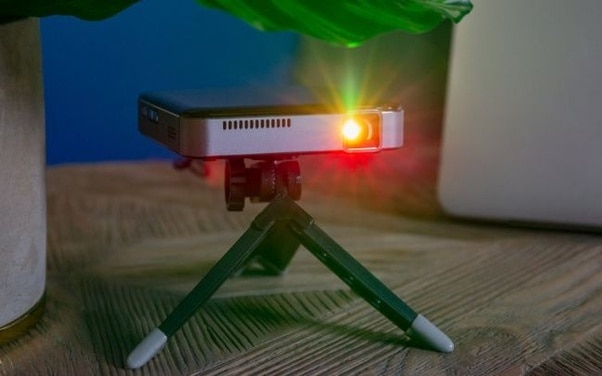
Projectors have evolved tremendously in recent years. All thanks to the advancement in technology, we now have mini projectors that can even fit into our pockets. With a wide range of utilities, projectors are an essential part of our everyday lives; however, usage is limited to offices or institutions. Technology innovation has reduced the size and cost of new generation mini projectors and packed them with many smart functions. At present, only a small fraction of smart homes own smart projectors, but time is not far when they will be part of every home.
Smart Mirrors
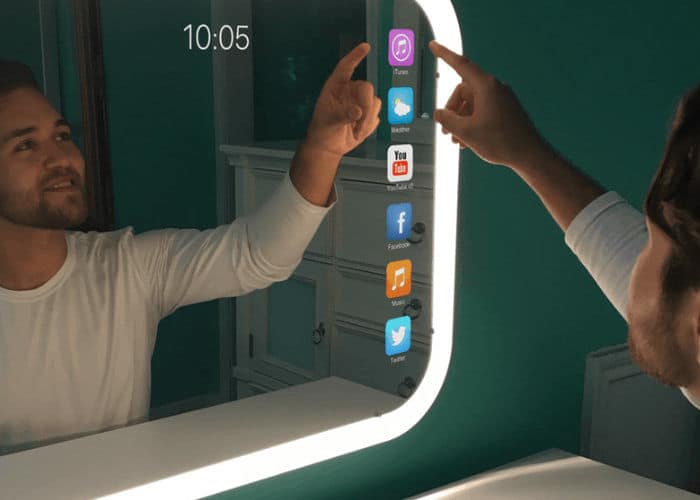
Smart mirrors are an interesting technological innovation of the home automation industry. These IoT-based devices can be integrated into any smart home system. You can use smart mirrors as an entertainment system to watch YouTube videos or assist devices in checking your emails or searching for something over the internet. These devices can be controlled by touchscreen or voice-command through an integrated virtual assistant, Alexa, or Google Assistant. Android-based smart mirrors allow you to download various apps. A new generation of smart mirrors comprising biomedical sensors is in the developmental process, which can facilitate real-time health monitoring, and probably in a decade, such devices will be part of most smart homes.
Interoperability
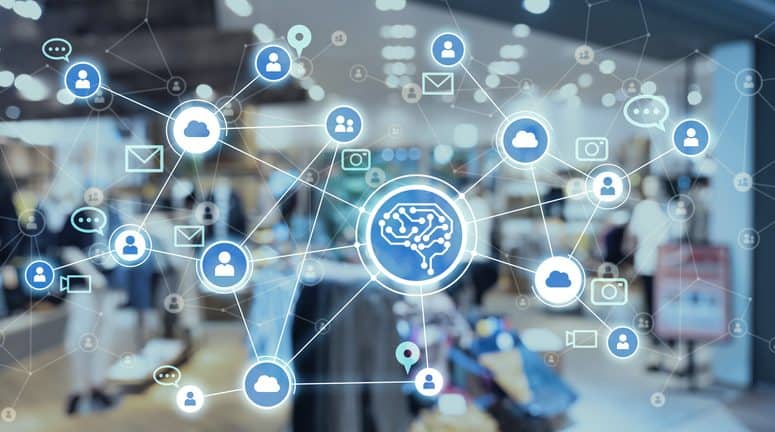
Interoperability provides flexibility to various devices such that they work equally with systems of other brands. With the technological upgrade and equal opportunity open markets, more and more smart devices will be able to collaborate with each other. For example, there are thousands of products of different companies, which can be integrated with and controlled by Amazon Alexa.
